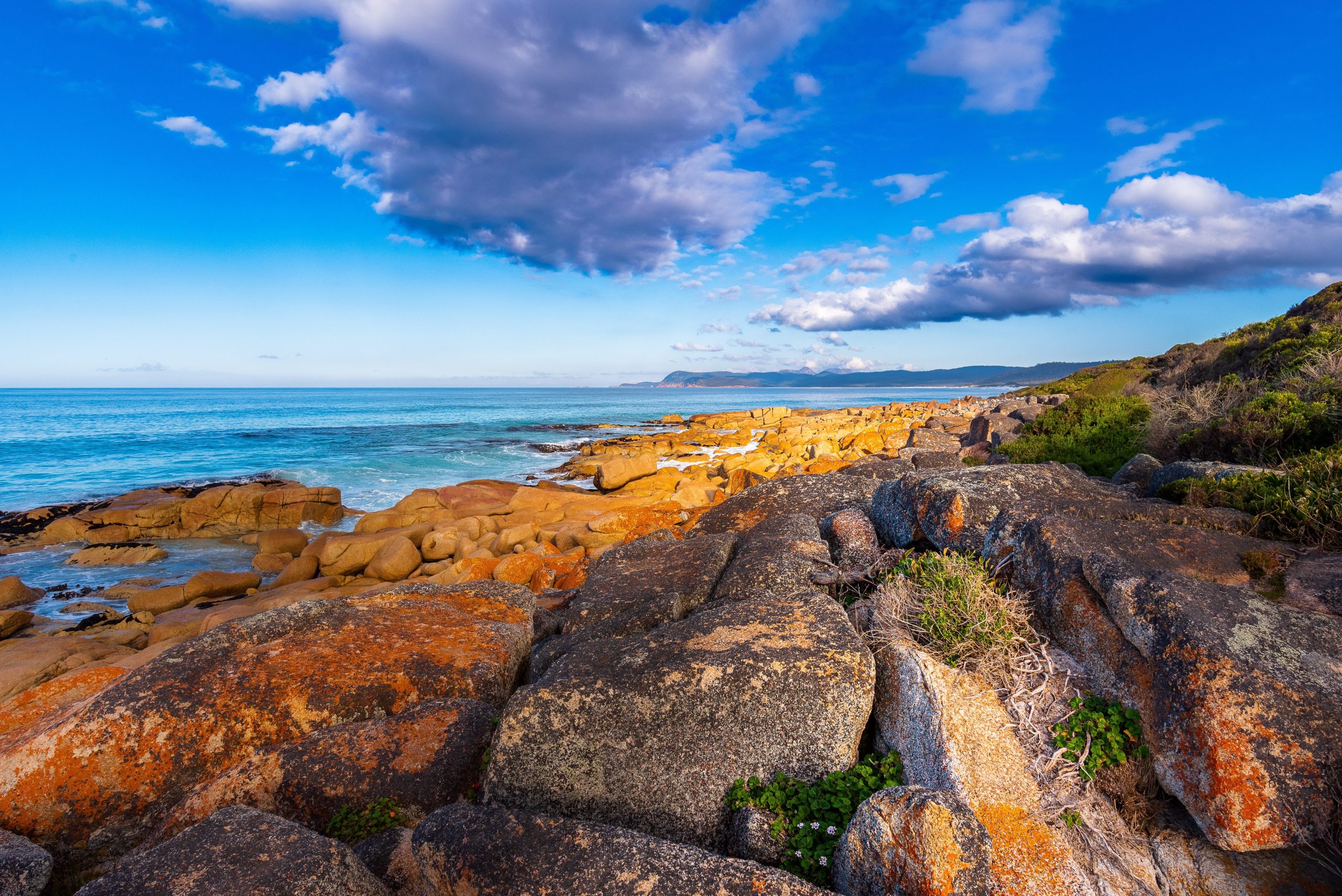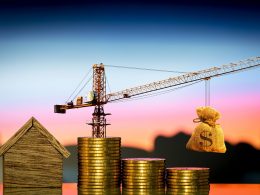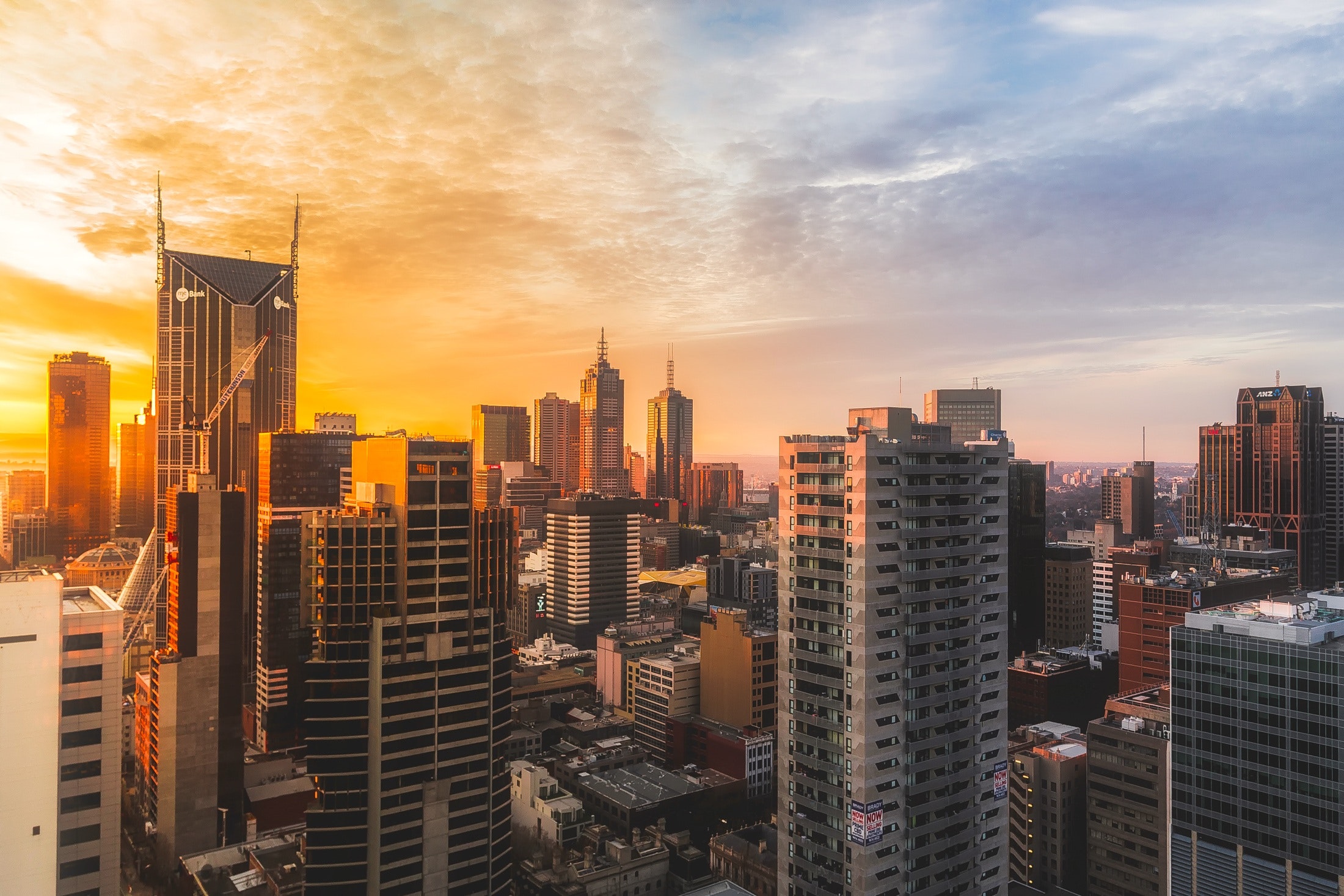As Scotland awaits the arrival of its new First Minister, one thing is clear: they have a daunting task ahead. With the economy reeling from the impact of COVID-19 and Brexit, there are tough decisions to be made and bold actions to take if Scotland is to recover and thrive once more. In this blog post, we’ll explore some of the challenges facing Scotland’s incoming leader as they embark on what promises to be an unprecedented journey towards economic renewal. So sit back, grab a cuppa, and let’s dive in!
Nicola Sturgeon
Nicola Sturgeon, Scotland’s incoming first minister, faces a daunting task of rebuilding the economy following the country’s vote to leave the European Union.
Sturgeon, who was elected as SNP leader in October 2014, has vowed to keep Scotland within the EU and has said she intends to create an “emerging economy” for the country.
The SNP won 56 out of 59 Scottish seats in the UK general election last month, making Sturgeon the First Minister-in-waiting. She will now have to build a coalition government with other parties and face pressure from both London and Edinburgh to adopt a Euroskeptic agenda.
Sturgeon has said her first priority will be getting Scotland back on its feet following the Brexit vote, which saw the country lose more than £1 billion a year in GDP. She has also pledged to increase spending on education, health care and infrastructure.
The Political Landscape
Scotland’s incoming First Minister, Nicola Sturgeon, faces a daunting task of rebuilding the economy after the vote to leave the European Union. The country’s GDP is expected to be reduced by 6% following the Brexit vote and Sturgeon has already stated that she will focus on creating new jobs and boosting exports. Her predecessor, David Cameron, championed Scotland’s membership in the EU and pledged to keep it within the bloc following the referendum, but his gamble failed and Sturgeon now needs to find other ways to support growth. One key policy she has vowed to pursue is increased investment in renewable energy.
The Economy of Scotland
Scotland’s incoming first minister, Nicola Sturgeon, faces a daunting task of rebuilding the economy after years of decline. The country’s GDP is predicted to shrink by 1% this year, and by 2.5% in 2019. This is largely due to a sharp drop in oil and gas production, the mainstay of the economy. Sturgeon has pledged to invest in renewable energy and create jobs in sectors such as tourism. She also plans to increase welfare benefits and improve childcare provision. Her policies are likely to attract support from Scotland’s large population of unemployed young adults.
The Challenges Facing the First Minister
Scotland’s incoming first minister, Nicola Sturgeon, faces a daunting task of rebuilding the economy after the country voted to leave the European Union. Scotland’s $190 billion economy is one of the smallest in the EU and its industries are heavily dependent on exports to the bloc. Sturgeon will also have to deal with an ongoing financial crisis in neighboring England that has dragged down Scottish economic growth. The Scottish National Party (SNP) won 56 out of 59 seats in Scotland in last month’s general election, making Sturgeon the first female leader of a British country. She will be sworn in on May 14 and has said her priority is restoring confidence and creating jobs. Sturgeon has pledged to hold a referendum on independence from the UK within five years if she is successful in rebuilding the economy.
Conclusion
Theresa May’s decision to call a snap general election in order to increase her Conservative majority has thrown the Scottish government into disarray. Nicola Sturgeon, Scotland’s first minister, now faces the daunting task of rebuilding the economy while also trying to hold onto her political power. The Brexit vote has already taken its toll on Scotland’s economy, and Sturgeon will need to do everything she can to prevent further damage before the 2020 Scottish independence referendum.










